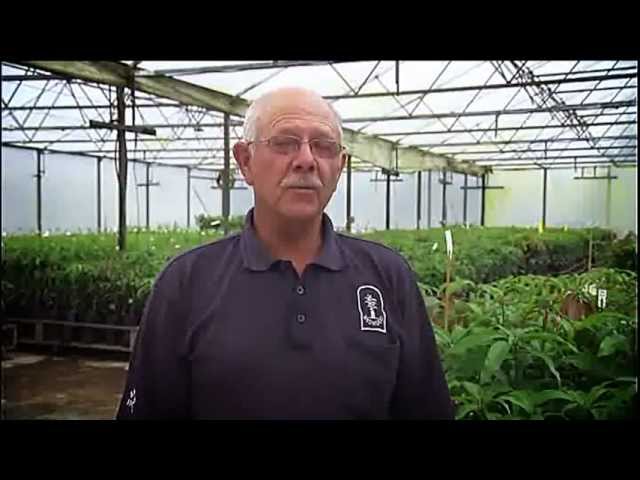You have an important role to play in protecting your production nursery and the entire industry from biosecurity threats.
The Biosecurity Manual for the Nursery Production Industry outlines the recommended biosecurity practices that aim to reduce the risk of pests. Other resources for nursery and garden providers are listed below. The nursery and garden section also includes information about specific pests and management practices for the industry.
By implementing the recommended measures in your day-to-day operations, you will improve your own biosecurity and that of your region, while minimising crop losses and unnecessary costs.
Farm biosecurity
Here are six simple, routine practices you can do to reduce the threat of new pests (invertebrates, pathogens and weeds) entering and establishing on your property. Each practice should be embedded in your nursery’s everyday management as they make good business sense by reducing the risk of spreading pests. These also support on-farm programs (Nursery Industry Accreditation Scheme Australia (NIASA), EcoHort and BioSecure HACCP) developed by Nursery and Garden Industry Australia (NGIA) to ensure good farm hygiene at all times.
1. Be aware of biosecurity threats
Make sure you and your production nursery workers are familiar with the most important exotic production nursery pest threats. Conduct a biosecurity induction session to explain required hygiene practices for people, equipment and vehicles on your property. More
2. Use only clean, pest-free and preferably certified, production nursery inputs
Ensure pests and other contaminants do not enter your property with production nursery inputs, such as growing media, fertiliser and propagation material. Purchase these only from reputable suppliers, preferably with NIASA accreditation or BioSecure HACCP certification. Keep records of all nursery inputs. More
3. Keep it clean
Practicing good sanitation and hygiene will help prevent the entry and movement of pests onto your property. Workers, visitors, vehicles, raw material and equipment can spread pests, so make sure they are decontaminated, or have come from a clean source, before entering and leaving your property. Have a designated visitor’s area and provide vehicle and personnel disinfecting facilities. More
4. Check your production nursery
Monitor your crops and raw materials frequently. Knowing the usual appearance of the plants in your production nursery will help you recognise new or unusual events and pests. Keep written and photographic records of all unusual observations. Constant vigilance is vital for early detection of any exotic plant pest threat. More
5. Abide by the law
Respect and be aware of laws and regulations established to protect the nursery production industry, Australian agriculture and your region.
6. Report anything unusual
If you suspect a new pest – report it immediately to the Exotic Plant Pest Hotline 1800 084 881.
More information
To ensure your property has the best protection against the introduction and spread of new pests, identify the strengths and weaknesses of your biosecurity activities.
Once identified, a few simple, non-costly and practical procedures can be implemented to strengthen areas of greatest risk.
While changing everyday practices can take more effort in the short term, these will become second nature with time and are easier and cheaper than dealing with the introduction of a new pest.
















